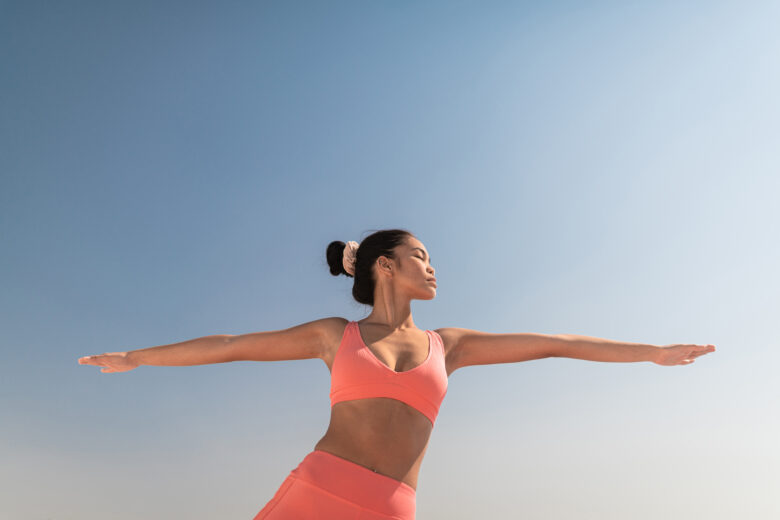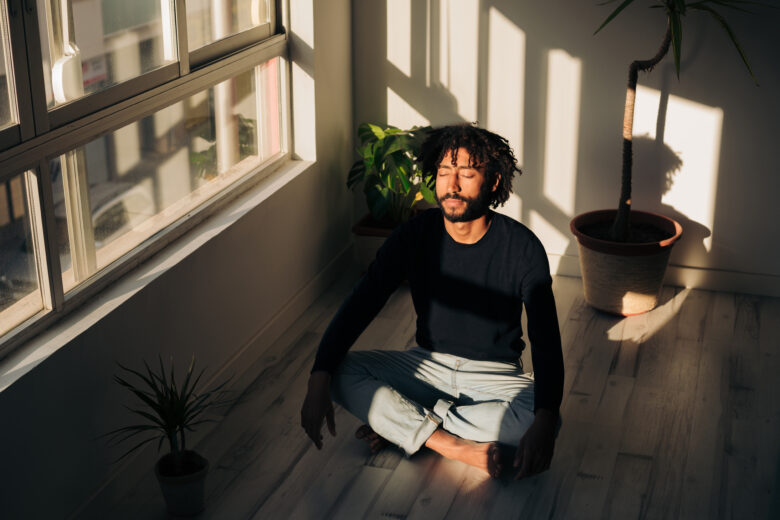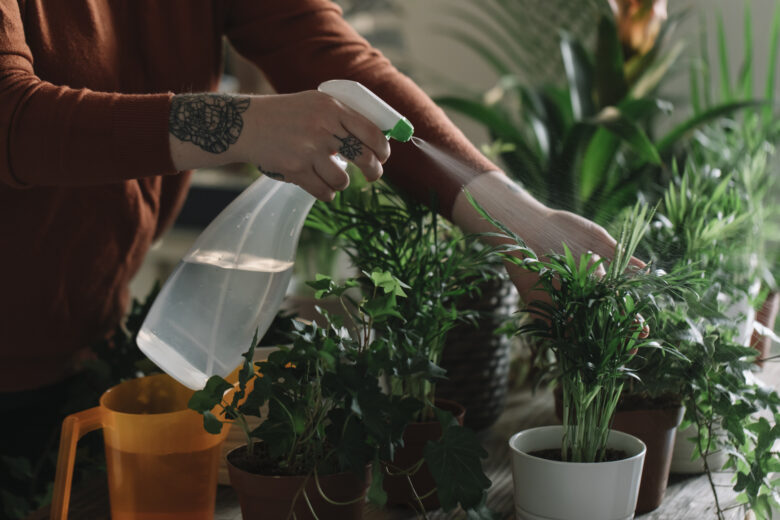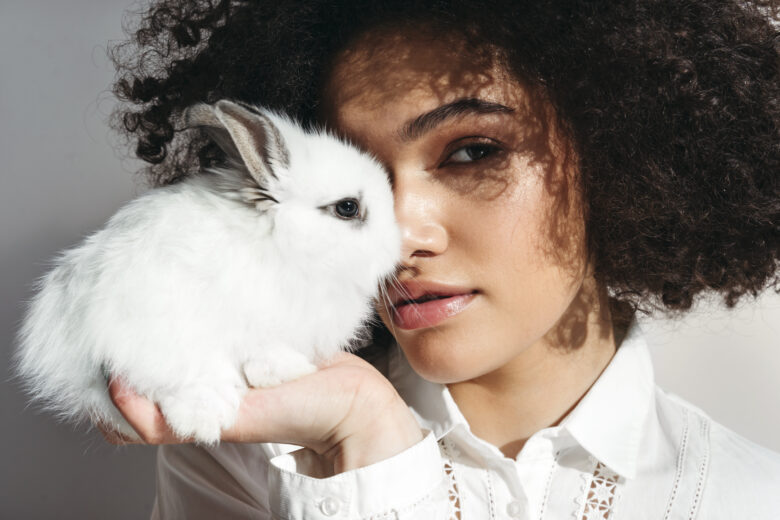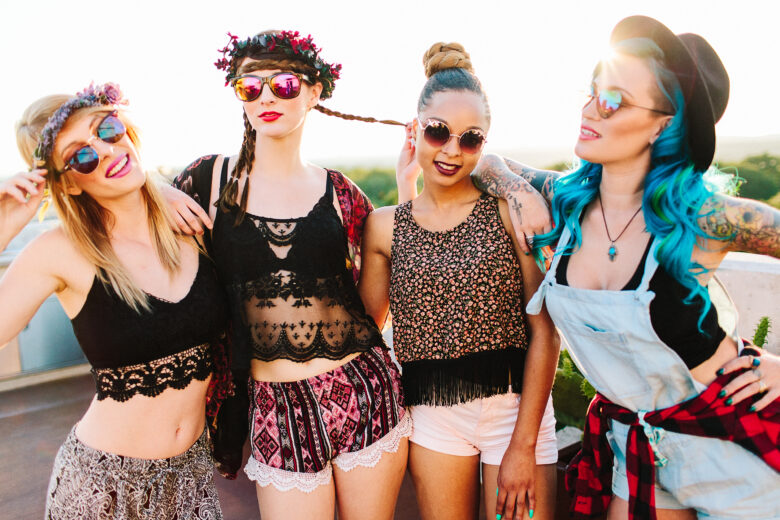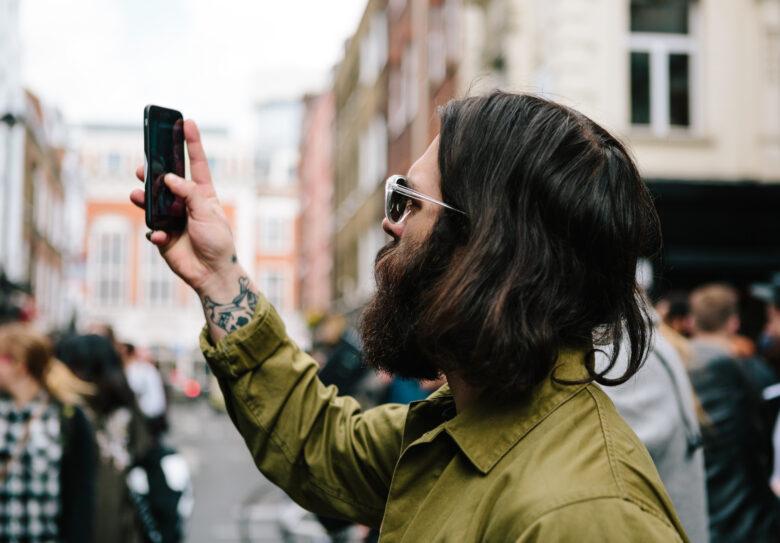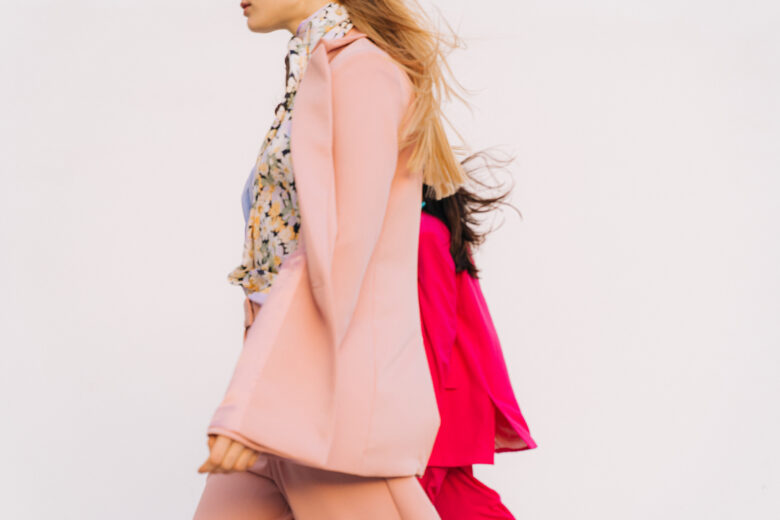
2022 Holidays Unwrapped
The holidays are approaching fast – and if you’ve already put together a holiday budget and are ready to get a jump on filling your shopping baskets, you’re not alone. Budgeting and time-saving hacks are top of mind for most US consumers this year, with many saying they will be getting an even earlier this year to take advantage of sales and deals. Wondering why? Read on below, where we’ve broken out 2022 must-know shopping and payments trends. Happy exploring!
Methodology.
Klarna’s US Holiday Shopping Survey was in the field in September 2022. The research was conducted in collaboration with research agency Dynata, and more than 1,000 respondents aged 18+ in the US participated in the survey. The sample size is nationally representative, including both Klarna users and non-Klarna users.
1,234 consumers
18-66 years old
Budgeting, apps and coupons: Hacking the shopping holidays
This holiday season, many will be looking to hack their holiday shopping using innovative tools and solutions to find budget-friendly gifts.
Tis the season to be shopping.
Almost 9 out of 10 Americans will be buying holiday gifts this season – and the younger generations are the most eager.
92%
of Gen Z’ers are planning to shop holiday gifts this season
Holiday gift spend.
More than 2 in 3 of shoppers will spend the same amount – or more – than last year, while budgets are tighter for about 1 in 4 shoppers.
68%
of shoppers plan to spend more or the same on holiday shopping this year compared to last year
31%
plan to spend more this holiday season.
9 out of 10 know approximately how much they will spend.
Shoppers have a clear idea about their spending limits for this holiday season.
$613
is the average holiday gift budget.
50%
of shoppers will spend between $250 and $1000.
Keeping their spending in check.
Deals and discounts will dictate what is found under Christmas tree this year: 2 in 3 Americans have already decided they will create a budget, and stick to it.
Budget-friendly is the name of the game.
Shoppers are looking to hack the holidays by prioritizing shopping for the essentials, embracing sales, and more.
75%
of Millennials are prioritizing budget-friendly items this shopping holidays season.
Hacking the shopping holidays.
Today’s savvy omnichannel shoppers are better equipped than ever to find the best prices, deals and offers. Here’s how.
62%
of Millennials will be using shopping apps, and 60% of Gen Z’ers say the same.
Millennials
will be using price comparison services the most, while Gen Z’ers will be using coupons more than others.
Holiday shopping begins now.
Holiday shoppers are off to another early start this year – but for new reasons.
Getting a head start.
Over two-thirds of shoppers will start their holiday shopping before Black Friday, signaling another early start to peak season sales.
42%
of shoppers are starting earlier than usual, and only 5% believe they will be starting later.
69%
of shoppers will have started their holiday shopping before Black Friday.
Already underway.
Every fourth shoppers has already started their holiday shopping.
1 in 4
have already started shopping for the holiday season.
75%
plan to start before December, while 16% have not yet made their plans.
But this year, shipping delays aren’t the only concern.
The top reason shoppers are planning to start filling their carts early this year is to take advantage of sales and deals (75%).
80%
of Millennials are shopping early to take advantage of sales and deals
Americans favorite shopping day.
Black Friday is the number one for holiday shoppers, shortly followed by Cyber Monday.
53%
plan to shop during Black Friday
45%
plan to shop during Cyber Monday.
Tis’ the season for omnichannel retail.
Shoppers are embracing both online and in-store channels this holiday season.
Shoppers will shop both online and in-store.
Browsing online and hitting the aisles in-store will be popular this year.
41%
of Millennials will be shopping mostly online, while only 21% say they will shop mostly in-store.
Gen Z’ers
are more likely to shop in-store, while Millennials and Gen X’ers believe they will make the bulk of their holiday shopping online this year.
Channel choices per retail category.
In most categories, there is no huge difference between online and in-store.
35%
will be shopping Fashion & Apparel online, and 34% say the same about in-store.
Retailers stand out by their prices, deals, and discounts.
When decided on where to shop, consumers are on the hunt for great prices, and deals & discounts both online and in-store.
Shoppers also care strongly about convenience, product quality, and more.
Video content reigns supreme for online shoppers.
Consumers are demanding more immersive and informative content this holiday season, with almost half saying they prefer video to static photos when shopping online.
2 in 3
of Gen Z’ers (65%) prefer dynamic imagery over static.
Big-box retailers are Americas go to, but discount stores are also more popular this year.
While Big-Box Retailers and Department Stores remain the top two most popular retail destinations for consumers this holiday season year over year, Discount Stores rose to the number 3 spot, underscoring the value of money saving strategies.
Navigating from discovery to purchase.
Shoppers are looking for inspiration – and differentiating features when deciding between brands and retailers.
55%
will be looking for interest-free flexible payment options this holiday season.
66%
of Millennials are interested in attending a live streamed shopping event.
80%
are open to shopping from new and emerging brands.
Shoppers <3 Fashion & Apparel.
Tis the season to be fashionable.
Apparel is in this holiday season.
Fashion is the most popular category to shop for this holiday season both online and in-store.
50%
of shoppers will be spending most on Fashion & Apparel.
Americas favorite brands.
There are two brands that stand out from the crowd, as clear favorites chosen by the majority of Americans in their respective categories
Nike
Nike is both #1 footwear brand, and the #1 fitness and sports brand that consumers are looking to splurge on this season.
Apple
Apple is the other biggest brand by size in their category with the majority of American shoppers looking to buy Apple products for the holidays.
And that’s that.
Thirsty for more knowledge?
Make sure to check out the other reports available at Klarna Insights.


